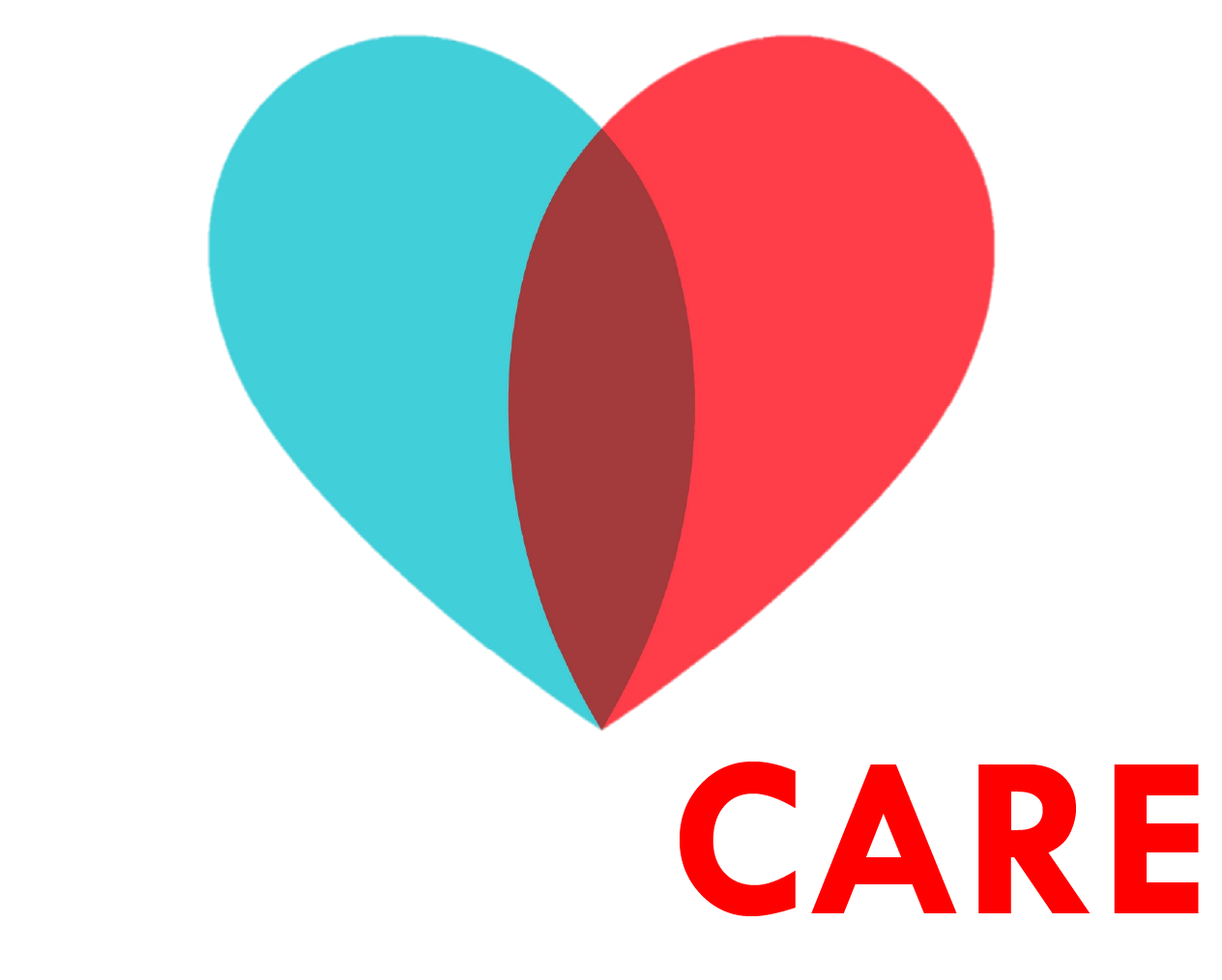Podiatry and Amputation
In the case of infected wounds, amputation may be necessary to prevent the spread of infection or gangrene. In a procedure known as podiatry, a doctor will remove toes, feet or parts of the lower leg. Podiatrists specialize in foot and ankle care and surgery. During such a procedure, anesthesia is administered to ensure that the patient does not feel any pain while they are being operated on. The site of amputation is then cleaned and dressed with sterile pads and bandages to promote healing. Depending on the severity of infection or damage, an artificial limb may need to be fitted afterwards to help restore mobility and provide support for activity. It is important to follow up with regular check-ups after amputation surgery to make sure everything is healing properly and that there are no further complications.
Rehabilitation
Once an amputation has been performed, a patient must go through an extensive rehabilitation process in order to regain their mobility and independence. Patients can work with physical therapists to learn how to use prosthetic devices or artificial limbs, maximize their motion, build strength and improve overall balance. Occupational therapy is also used to help patients adapt to daily life activities such as dressing themselves, preparing meals and using adaptive equipment. With the right combination of therapies, many amputees are able to lead normal lives again after undergoing this surgery.
What causes amputation of the foot?
Amputation of the foot can be caused by a variety of conditions, such as infection, trauma, disease or an accident. Infections that do not respond to antibiotics, as well as severe diabetes and poor circulation can lead to amputation in order to prevent further damage. Traumatic injuries caused by burns, frostbite or crushing impact can also necessitate this procedure. If left untreated, these conditions can cause severe and permanent harm that will require surgical removal of the limb.
It is important for patients who are at risk for amputation of the foot to practice good hygiene and regularly check their feet for any signs of infection or injury. Proper nutrition and exercise may help alleviate some causes of amputation, so it is important to maintain a healthy lifestyle. If any symptoms develop, it is important to seek medical attention as soon as possible in order to reduce the likelihood of needing an amputation.
By understanding what causes amputations and the steps that can be taken to prevent them, patients are empowered to take a proactive role in their own health care. Taking these measures may ultimately help spare them from undergoing a life-altering procedure such as an amputation.
